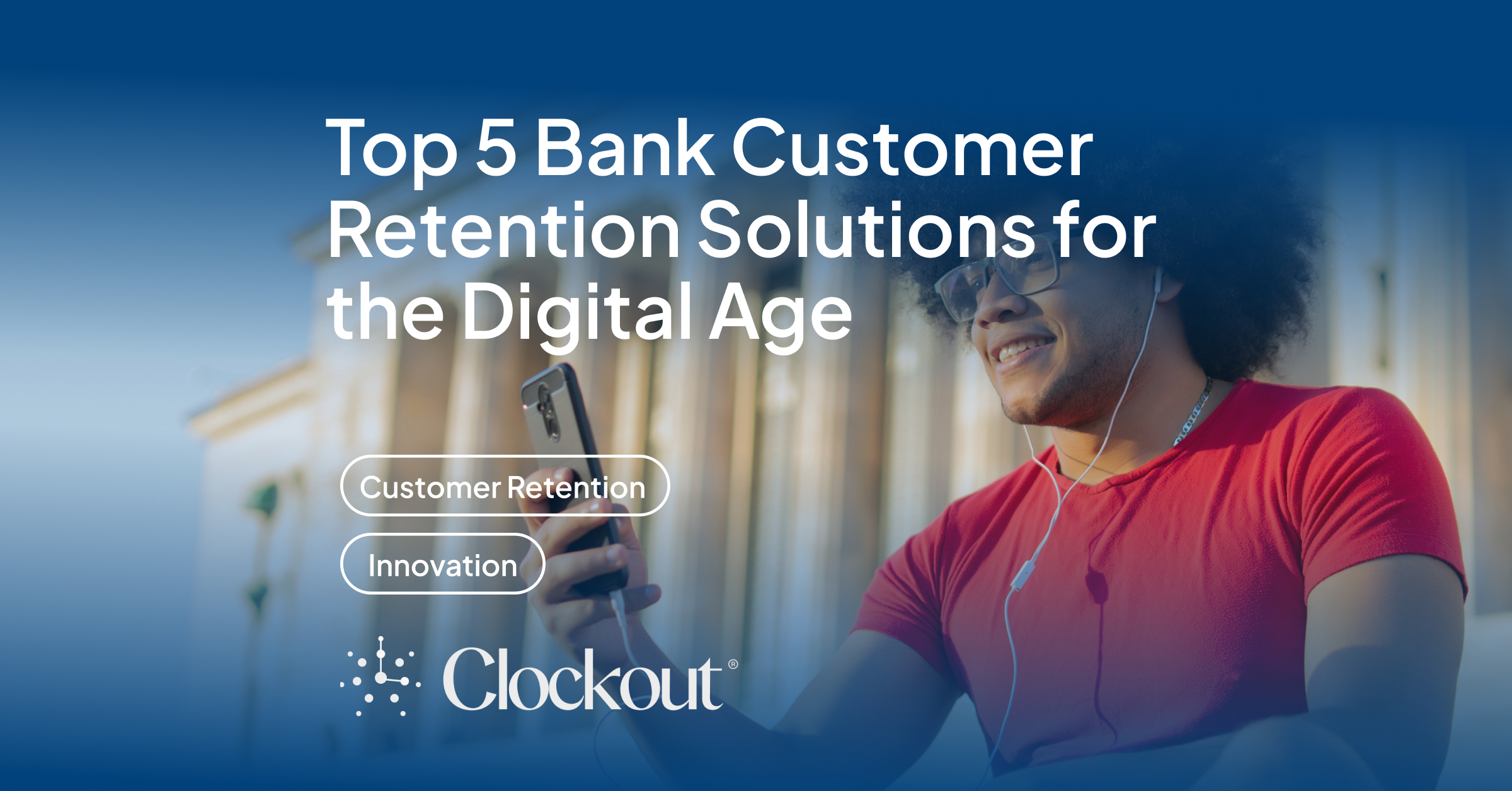Banks face high costs to acquire customers, so keeping existing ones is crucial. In the digital age, loyalty is earned through convenience, personalization, and trust. The following five strategies form a practical retention checklist. By meeting modern expectations—making banking easy, helpful, and fair—banks can deepen relationships and reduce churn.
- Personalized Mobile Banking: Leverage data analytics to tailor the mobile banking experience. By examining spending patterns and preferences, banks can offer relevant advice and product recommendations through the app (such as savings goals or customized spending alerts). A personalized app interface (with custom dashboards and targeted offers) makes customers feel understood and engaged. When each app interaction delivers real value, customers develop loyalty and have fewer reasons to switch.
- Seamless Omnichannel Support: Ensure consistent, high-quality service across branches, websites, mobile apps, and call centers. Customers often move between digital channels and in-person visits, so the transition should be frictionless. For instance, a customer might start a mortgage application online and then finalize details in-branch, with all their information already in place. By integrating systems (one customer profile, unified support) and offering 24/7 live chat and knowledgeable staff, banks create a seamless experience. When support is easy and consistent, customers stay more loyal.
- Loyalty and Rewards Programs: Reward customers for staying and engaging with the bank. Programs like cashback on debit card purchases, points for account usage, or referral bonuses turn routine banking into a tangible benefit. Well-designed rewards can include tiered perks (higher balances unlock better rates or waived fees) and instant gains (such as discounts on everyday spending). These incentives give customers something to lose by switching: leaving would forfeit any accumulated rewards. When banking feels rewarding, customers are more likely to stick around.
- Financial Wellness Tools: Offer features that help customers manage and improve their finances. This includes budgeting and savings planners, spending trackers, and credit score monitors built into the banking app. Crucially, providing earned-wage access (on-demand pay) shows the bank supports customers’ real needs. For example, integrating a service like Clockout lets employees withdraw part of their earned paycheck instantly through the app. When customers feel their bank helps them through tough times (covering bills or emergencies), they stay loyal and engaged.
- Transparent, Low-Fee Structures: Eliminate surprise fees and make pricing simple. Hidden charges (overdraft penalties or unclear maintenance fees) erode trust and drive customers to fee-free alternatives. Banks should clearly communicate any fees or, even better, offer accounts with minimal or no common fees. Many digital banks attract customers with “no hidden fee” promises, so adopting a low-fee model builds goodwill. In a fair-fee environment, customers feel respected and have one less reason to leave.
Each of these initiatives addresses a common customer pain point. By checking off these five actions; personalization, seamless access, rewarding experiences, financial support, and fee transparency, bank executives can strengthen loyalty in 2025’s digital landscape.
